I am awake far earlier than I would like to be. As I start to write this it is still dark outside and the cool air carries the feint song of only the earliest of the early birds. I too am an early bird. Yesterday was my final day at work so I am still a mix of emotions. Feelings of relief, apprehension, sadness, excitement and plain old scared stiff flood over me with little notice and catch me completely unaware … but enough about this … from change comes opportunity. Everything will work out!
To take some time to recuperate Nat and I are about to enjoy a small break from the rat race and plan to spend it lazing by a pool and walking on beaches at sunset. It has been so long since we have had any kind of real holiday it may take us a day or two to remember how to relax.
Before we head away I like to make sure we have a few loaves stocked in the freezer to make the transition from holiday bliss back to reality a little easier—something wholesome to return home to. The whole-wheat 'desem' (100% whole-wheat sourdough) I baked this week was inspired from a few different sources and incorporates some new processes for me.
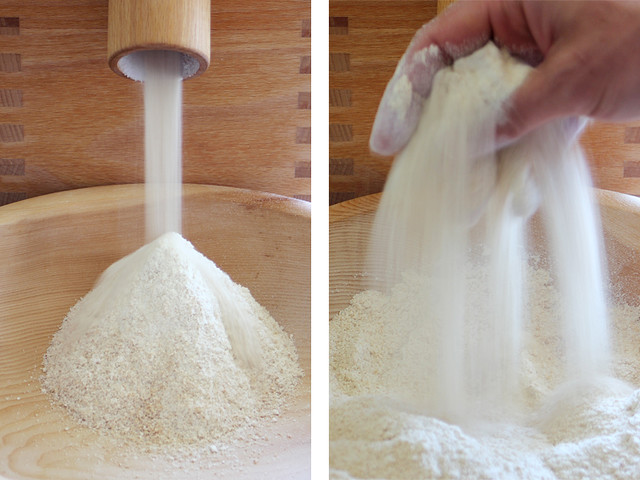
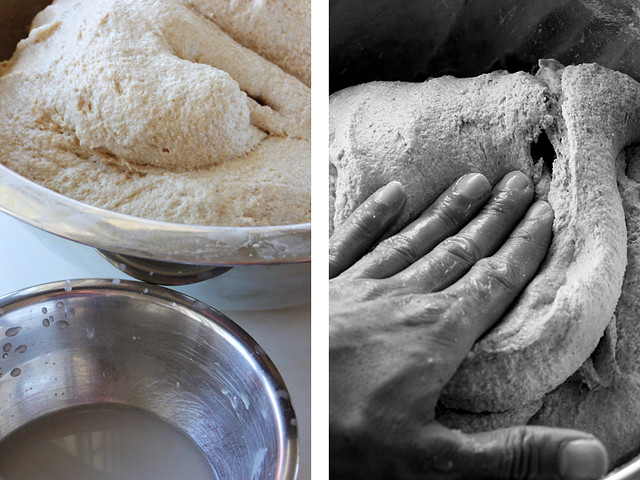
Janet Cook and I often discuss our desem starter maintenance and one of the techniques that Janet uses with her whole-grain baking is retarding the dough during bulk fermentation. Now I have always been a bit of a 'retarding shaped loaves' kind of guy as I am normally a bit of a control freak during a dough's bulk ferment period, so it was going to be a big step for me to change this habit.
The push to try this new method came with some email correspondence I had with Dave Miller of Miller's Bakehouse regarding the schedule he uses with his whole-grain baking. Dave bakes with freshly milled flour and uses it when 'it's wriggling with life' so I was curious how he incorporated this into his schedule. The answer is by utilising a long cold bulk ferment. This way Dave can split the bake over two days. The first day is spent milling and mixing and the second is shaping and baking. A highly hydrated dough that is kept cool also makes shaping easier and the final proofing is less likely to run away from him on warmer days.
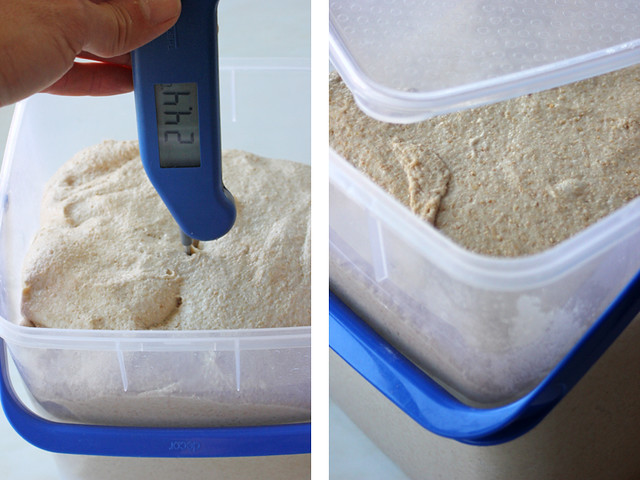
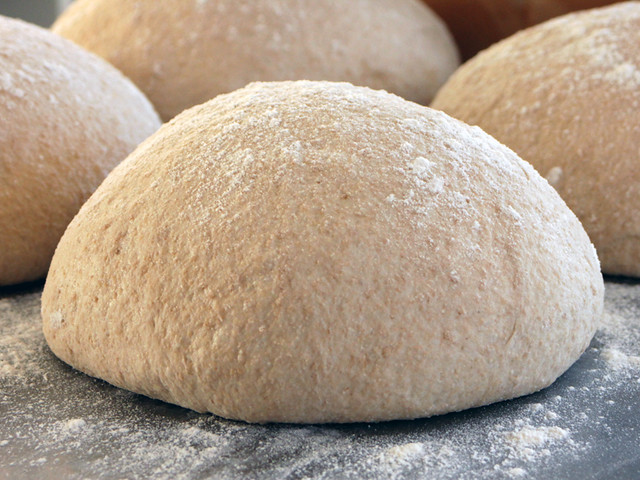

So I formulated my timelines and set about tempering some biodynamic wheat grains from Four Leaf Milling. Just a word of warning to those who want to temper their wheat in a plastic tub by shaking around the added water. HOLD THE LID ON TIGHT! … dear oh dear, I am still finding wheat grains in corners of our kitchen from a little tempering accident that may have occurred.
I milled the flour in one pass with a slightly coarser setting than I normally use, all the while stirring the new flour to cool it as quickly as possible. I then set about mixing. Since I was going to use a long cold bulk ferment I couldn't see any benefit using a extended autolyse so I kept that within an hour before I added the desem starter and mixed the dough thoroughly. I allowed the dough an hour on the bench before giving it a stretch-and-fold and placing it in the fridge overnight for 12 hours.
One part of this I have neglected to mention so far is the starter builds. I am using the same time and temperatures for the starter builds as in my previous miche bake. Namely two very short warm builds—the starter was doubling in three hours.
Two day whole-wheat desem (4 x 1000g)
Formula
Overview | Weight | % |
Total dough weight | 4000g | |
Total flour | 2222g | 100% |
Total water | 1778g | 80% |
Total salt | 40g | 1.8% |
Prefermented flour | 222g | 10% |
| | |
Final desem starter build – 3 hrs 25-26°C | | |
Starter | 85g | 50% |
Freshly milled organic wheat flour | 170g | 100% |
Water | 107g | 63% |
| | |
Final dough - 25°C | | |
Desem starter | 362g | 18% |
Freshly milled organic wheat flour | 2000g | 100% |
Water | 1638g | 81% |
Salt | 40g | 2% |
Method
- Mix final desem starter and leave to ferment for 3 hours at 26°C
- Mill flour and allow to cool to room temperature before mixing with water (hold back 100 grams of water) and autolyse for a one hour.
- Add starter to autolyse then knead (French fold) 5 mins. Return the dough to a bowl and add salt and remaining 100 grams of water and squeeze through bread to incorporate (dough will separate then come back together smoothly) then knead a further 10 mins.
- Bulk ferment for one hour at room temperature. Stretch-and-fold after one hour and place in a fridge at 4°C for 12 hours.
- Remove from fridge and allow an hour at room temperature.
- Divide. Preshape. Bench rest 30 mins. Shape.
- Final proof was for 1.5 hours at 24°C
- Bake in a preheated oven at 250°C for 10 mins with steam then reduce temperature to 200°C and bake for a further 30 mins.
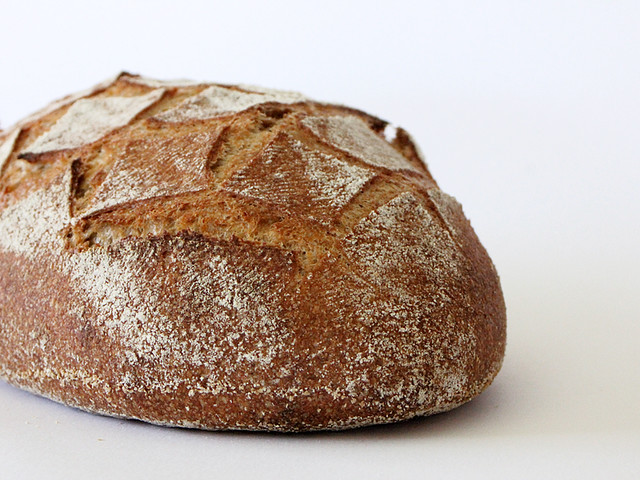


I won't lie to you, I was a little apprehensive about what state I would find the dough in the following morning. But during the night the dough had developed nicely and had not skinned or over-proofed. The dough then spent some time on the kitchen bench while we enjoyed our breakfast. Shaping the cool dough was effortless and it wasn't to long before it was ready for baking.
The first thing I was surprised about was the sweetness to this bread. I had imagined that after an extended fermentation albeit at cool temperatures, that the bread would have had more unwanted tang than was present. This was a revelation to me. The second thing I noticed was the warm caramel flavours in the crust. The bread was packed with deep full flavours. The coarse flour inhibited the crumb a little but it was not gummy or heavy. Perfect for morning toast or a bed for scrambled eggs.
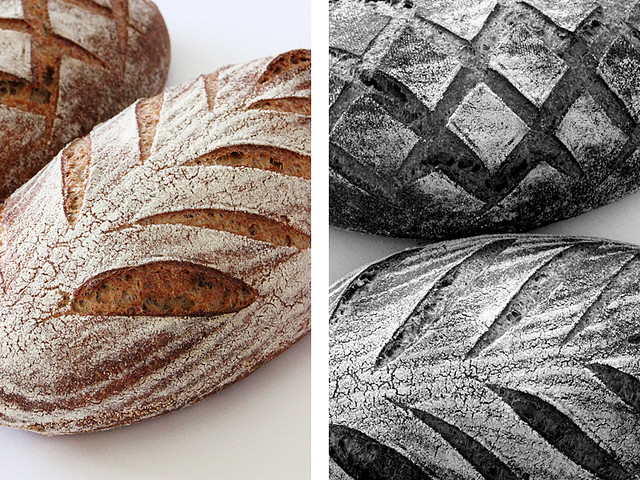

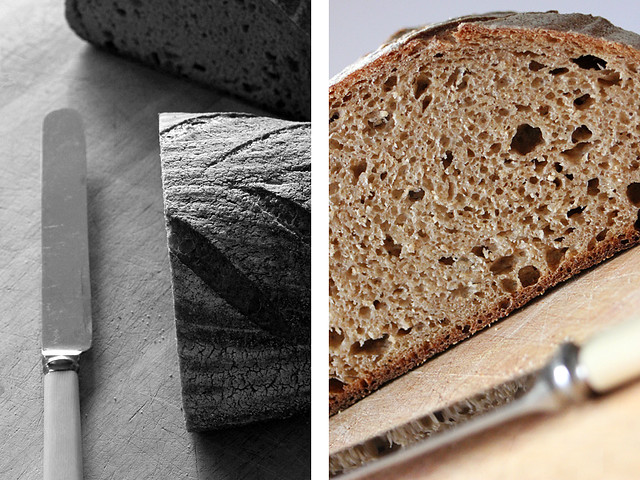
Fresh flour hybrid sandwich loaf = Fail
I have spent some time reading Owen Simmons 'Book of bread' and have enjoyed learning about the intricacies of the English and Scottish bread traditions. So much so that I have been experimenting with the idea of a hybrid sandwich loaf. I have a picture in my mind of a soft yeasted high top bread with the added complexity of some sourdough. After some tasty success using white flour I tried a version using freshly milled flour sifted down to a creamy soft colour … and made some of the yuckiest, awful bread I have made in a long, long time :)
I didn't like the flavour, the texture, the crumb or the aroma. I am still trying to piece together how a yeasted straight dough with a small amount of added sourdough using a short process created such a foul beast of a loaf. The final loaf looks great, and the dough felt really nice but when it came time to slice I could tell the rubbery crumb was not going to be pleasant eating. Sour, chewy and rubbery. A completely different bread to a version I made earlier in the week using white flour. Perhaps I am just to accustomed to eating highly flavoured french style hearth breads using high extraction flours and was disappointed with this. I am still unsure, but at least it will be good enough for toast.



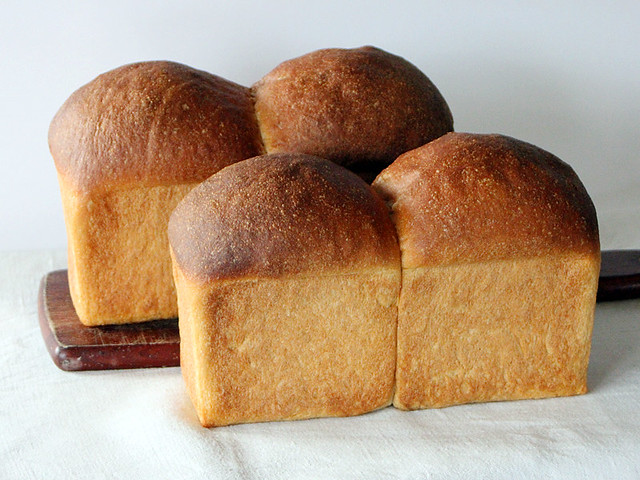
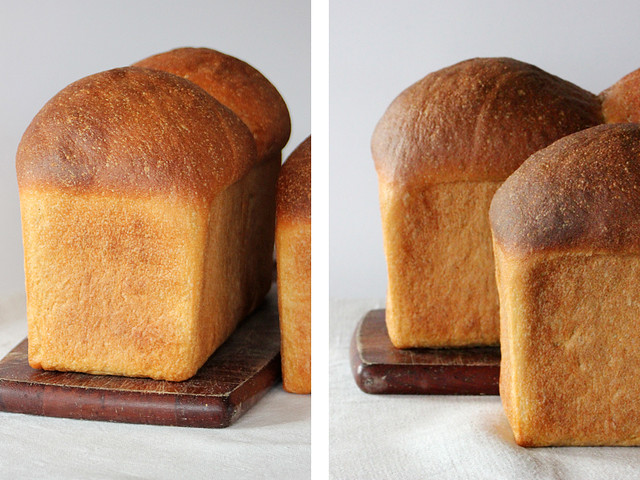
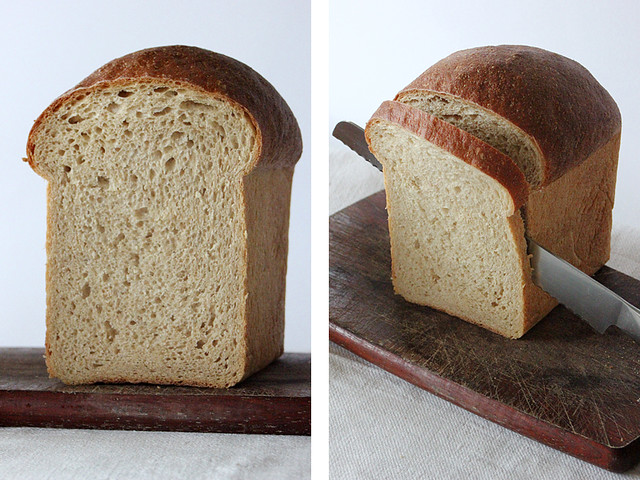
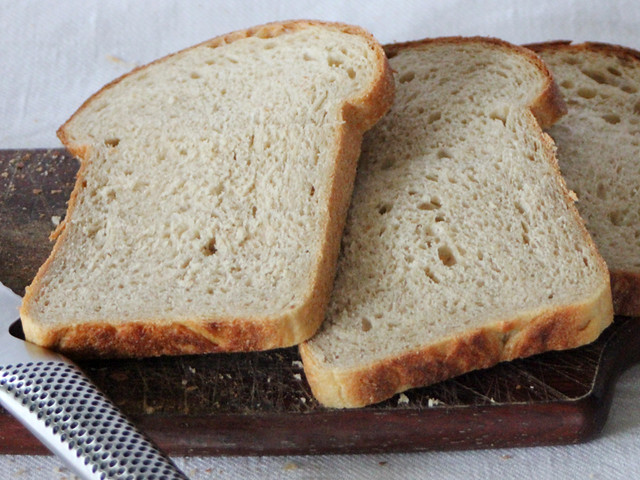
Anyhow, I have bags to fill, chores to finish and a car to pack. I'll see you all in a few days!
Cheers,
Phil